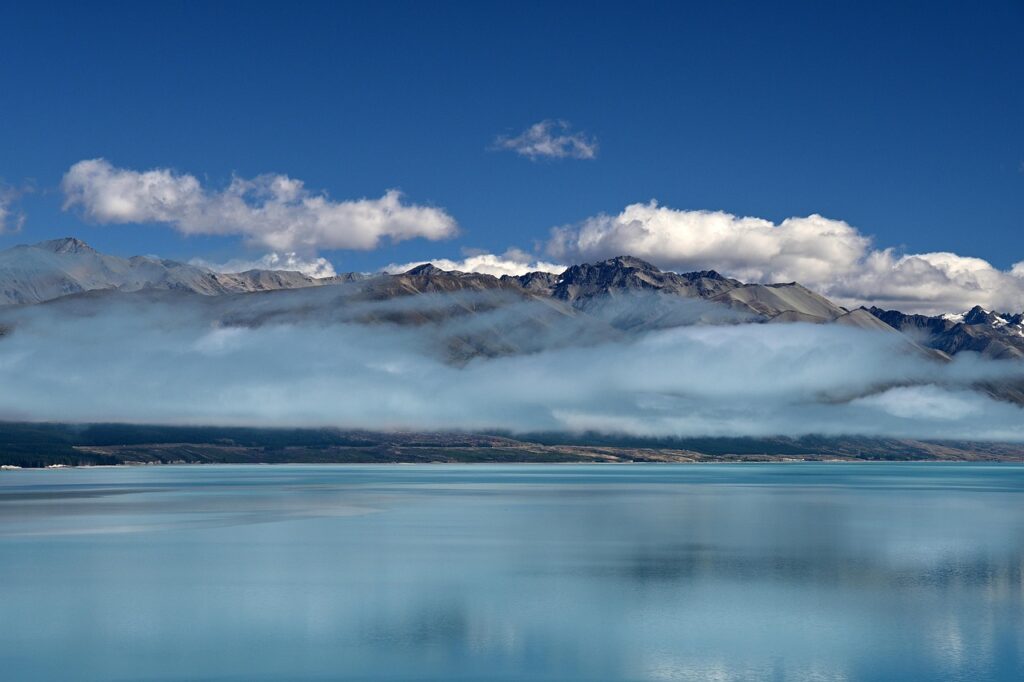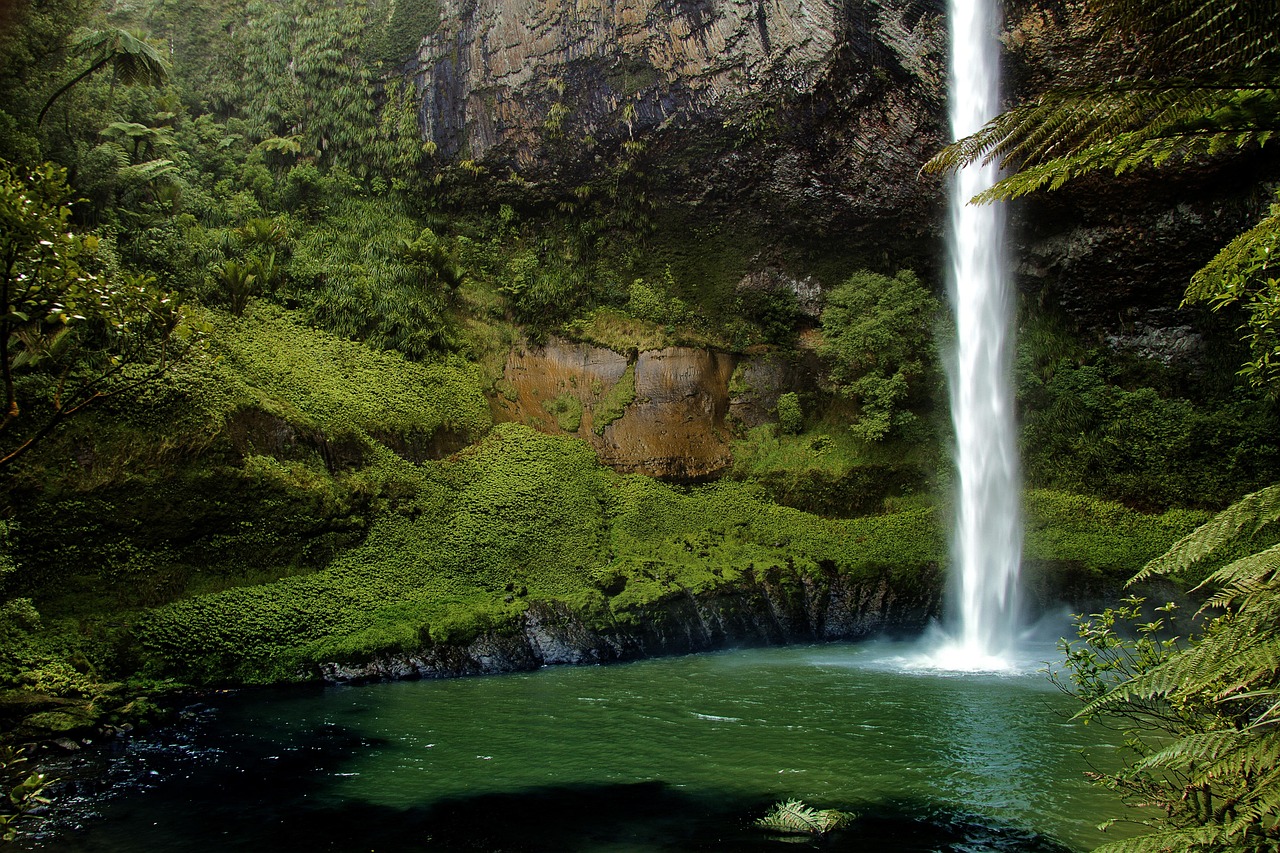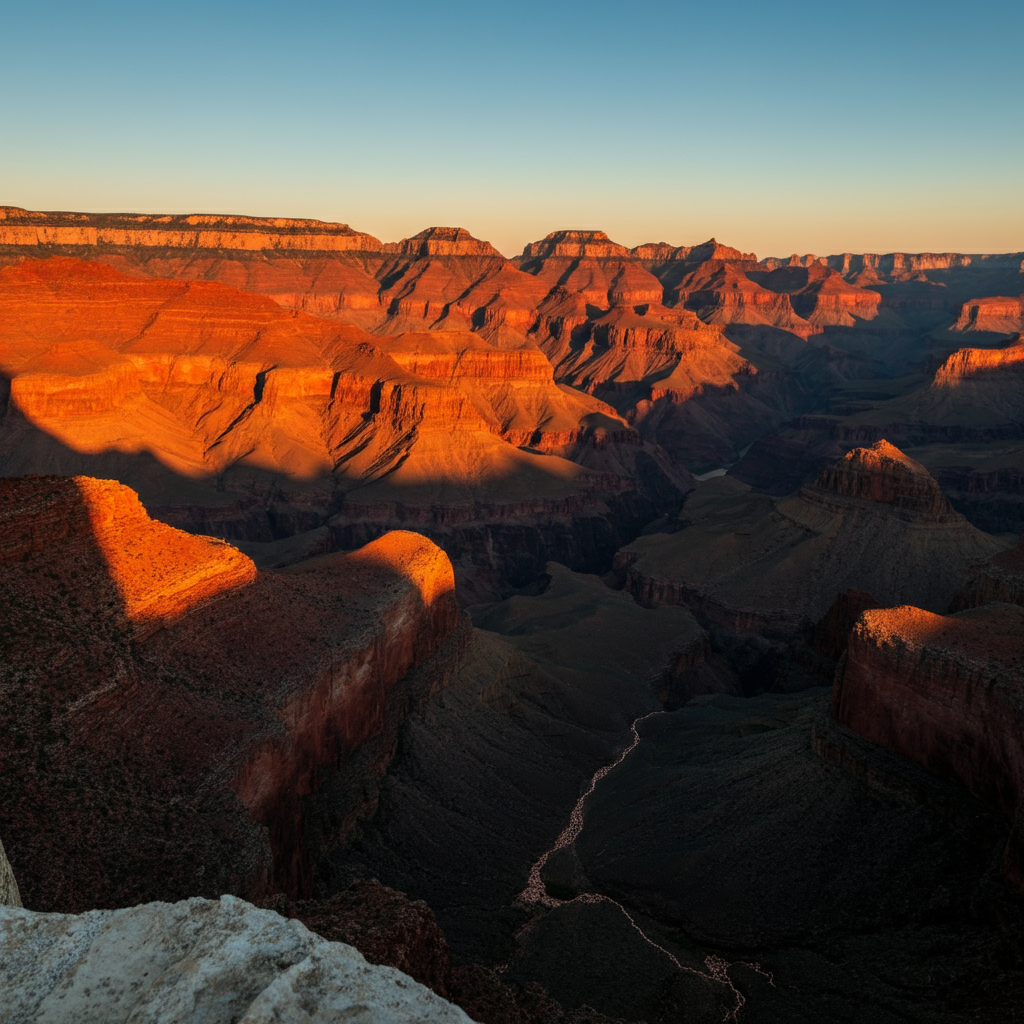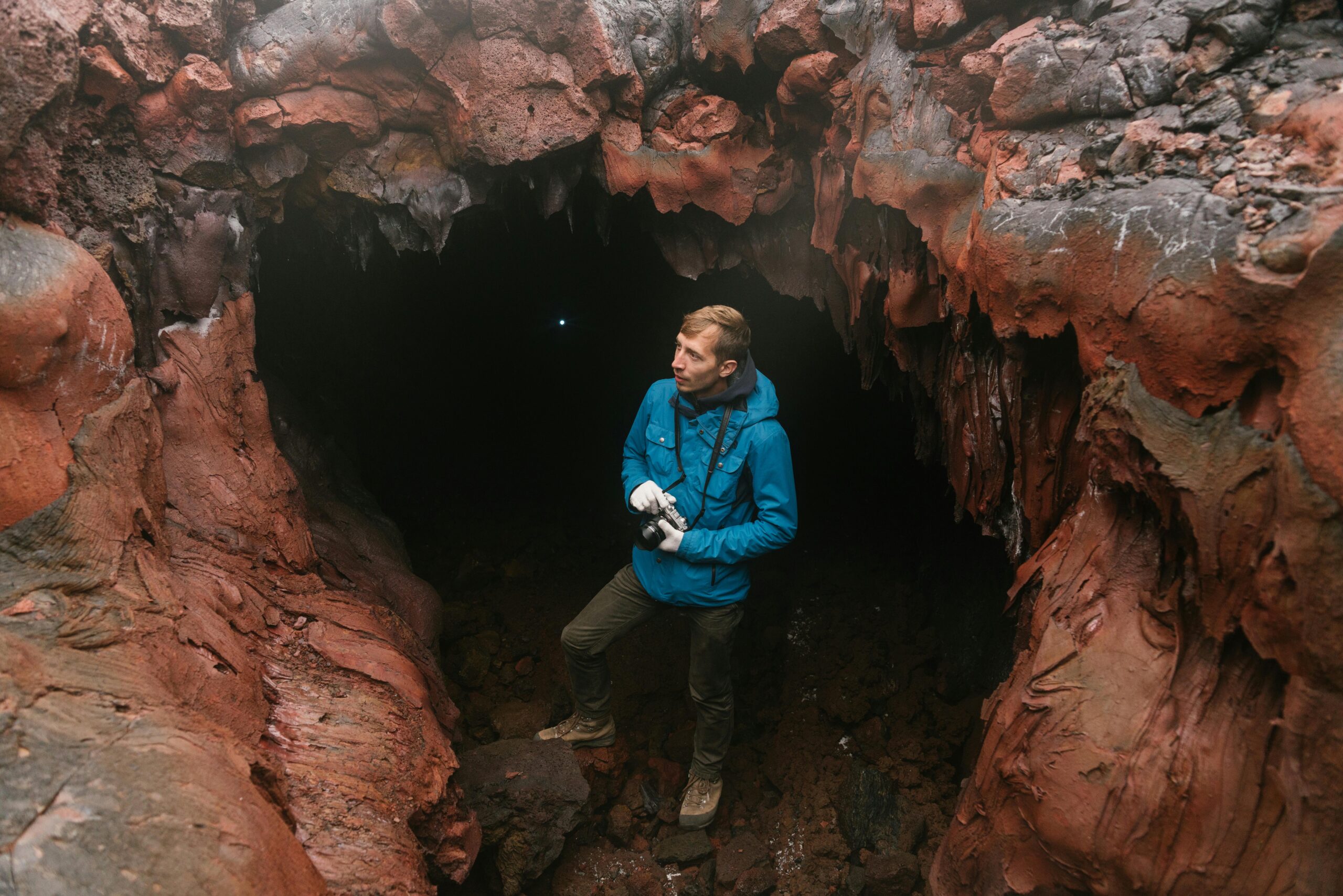New Zealand, a land where nature’s artistry takes center stage, beckons travelers with its jaw-dropping landscapes. From rugged coastlines to snow-draped mountains, this island nation in the South Pacific is a playground for adventurers, dreamers, and anyone craving a connection with the wild. In this guide, I’ll take you through the must-see destinations, share personal stories from my own travels, and provide practical tips to make your journey unforgettable. Whether you’re planning a hiking expedition or a scenic road trip, New Zealand’s beauty will leave you spellbound.
Why New Zealand’s Landscapes Are a Must-Visit
New Zealand’s geography is a love letter to nature lovers, blending dramatic fjords, volcanic plateaus, and emerald forests into one compact destination. Its two main islands—North and South—offer contrasting yet complementary experiences. Think of it as a choose-your-own-adventure book, where every page is more breathtaking than the last.
A Personal Connection to the Land
When I first set foot in New Zealand, I was a wide-eyed backpacker, unsure if the hype about its landscapes was real. Standing atop Roy’s Peak, gazing at Lake Wanaka’s turquoise waters, I realized the photos didn’t do it justice. The air felt crisp, the silence profound, and I was hooked. This guide is my way of sharing that magic with you.
Exploring the North Island: Volcanic Wonders and Coastal Charms
The North Island is a vibrant mix of geothermal activity, cultural richness, and coastal beauty. It’s where you’ll find bubbling mud pools, Maori heritage, and beaches that beg for a sunset stroll.
Tongariro National Park: A Volcanic Masterpiece
Tongariro National Park, a UNESCO World Heritage Site, is home to the iconic Tongariro Alpine Crossing. This 19.4-km trek takes you past emerald lakes, steaming vents, and the otherworldly slopes of Mount Ngauruhoe, which doubled as Mount Doom in The Lord of the Rings.
The crossing is a bucket-list hike, but it’s not for the faint-hearted. Expect a 6–8-hour journey through stark volcanic terrain, with views that make every step worth it. Pack layers—the weather changes faster than a hobbit’s appetite.
Waitomo Caves: Glowworms and Underground Rivers
Beneath the North Island’s rolling hills lie the Waitomo Caves, where glowworms light up the darkness like a starry night. A guided boat tour through these limestone caverns feels like drifting through a galaxy.
I’ll never forget my first cave tour—huddled in a boat, silence broken only by the drip of water, as thousands of tiny lights twinkled above. It’s a humbling reminder of nature’s quiet wonders. Book tours early, as they sell out fast.
Bay of Islands: Coastal Serenity
The Bay of Islands, with its 144 islands and turquoise waters, is a haven for sailors and beach lovers. Take a dolphin-watching cruise or kayak to hidden coves for a slice of paradise.
The first time I kayaked here, I spotted a pod of dolphins playing nearby. It felt like they were showing off just for me. For a budget-friendly option, consider a day trip from Paihia to explore Urupukapuka Island’s trails.
Pros and Cons of Visiting the North Island
- Pros: Diverse landscapes, rich Maori culture, accessible geothermal sites.
- Cons: Can be crowded in peak season, milder weather than the South Island.
| Destination | Highlight | Best For | Cost (Approx.) |
|---|---|---|---|
| Tongariro National Park | Alpine Crossing, volcanic views | Hikers, adventure seekers | $20–$50 (shuttle) |
| Waitomo Caves | Glowworm boat tours | Families, nature enthusiasts | $55–$150 (tours) |
| Bay of Islands | Dolphin cruises, kayaking | Water lovers, relaxation seekers | $80–$200 (tours) |
The South Island: Mountains, Glaciers, and Fjords

The South Island is where New Zealand’s landscapes hit their peak—literally. Snow-capped Alps, icy glaciers, and fjords that could make a Viking weep await you here.
Fiordland National Park: The Magic of Milford Sound
Milford Sound, often called the eighth wonder of the world, is a fjord where waterfalls cascade down sheer cliffs and seals bask on rocks. A cruise here is non-negotiable—opt for a small-group tour for a more intimate experience.
My first glimpse of Milford Sound was from a kayak, paddling beneath Mitre Peak as mist swirled around me. It felt like I’d stepped into a painting. Arrive early to avoid crowds, and check weather forecasts—rain only enhances the drama.
Aoraki/Mount Cook National Park: Alpine Majesty
Home to New Zealand’s highest peak, Aoraki/Mount Cook, this park is a mecca for climbers and hikers. The Hooker Valley Track offers a 3-hour walk with views of glaciers and alpine meadows.
I once hiked this track at sunrise, the mountain glowing pink as the first light hit. It’s an easy trail, perfect for families or casual walkers, but sturdy shoes are a must—those river crossings can be slippery.
Kaikoura: Where Mountains Meet the Sea
Kaikoura’s rugged coastline is famous for whale watching and fresh seafood. A clifftop walk here offers panoramic views, while a boat tour might reward you with sightings of sperm whales or dusky dolphins.
Eating crayfish by the sea in Kaikoura is a memory I cherish—salty air, fresh catch, and mountains in the background. Book whale-watching tours with reputable operators like Whale Watch Kaikoura for a sustainable experience.
Pros and Cons of Visiting the South Island
- Pros: Epic scenery, fewer crowds, adventure galore.
- Cons: Longer travel times, colder weather in winter.
| Destination | Highlight | Best For | Cost (Approx.) |
|---|---|---|---|
| Milford Sound | Fjord cruises, kayaking | Photographers, nature lovers | $100–$250 (tours) |
| Aoraki/Mount Cook | Hooker Valley Track, climbing | Hikers, mountaineers | Free (self-guided) |
| Kaikoura | Whale watching, coastal walks | Wildlife enthusiasts | $150–$300 (tours) |
Comparing North vs. South Island: Which Should You Choose?
Both islands offer unique experiences, but your choice depends on your travel style. The North Island is warmer, more cultural, and easier to navigate, while the South Island is wilder, with more dramatic landscapes.
- North Island: Best for first-timers, cultural immersion, and shorter trips.
- South Island: Ideal for adventure seekers, photographers, and those with more time.
If you’re torn, split your trip—5 days on the North, 7 on the South—for a balanced taste of both.
Practical Tips for Exploring New Zealand’s Landscapes
New Zealand’s beauty comes with logistical quirks. Here’s how to make your trip seamless:
- Best Time to Visit: Summer (December–February) for warm weather, spring (September–November) for fewer crowds.
- Getting Around: Rent a car for flexibility, especially on the South Island. Campervans are popular but book early.
- Budgeting: Expect $100–$150/day for mid-range travel (accommodation, food, activities).
- Packing: Layers are key—weather can shift from sunny to stormy in hours.
- Sustainability: Stick to marked trails and support eco-friendly tour operators to preserve the land.
For rentals, check Jucy Rentals or CamperMate for deals. For hiking gear, Kathmandu offers quality options.
People Also Ask (PAA)
What is the most beautiful place in New Zealand?
Milford Sound often tops the list for its dramatic fjords and waterfalls, but Tongariro’s volcanic landscapes and Aoraki’s alpine vistas are close contenders. It depends on whether you prefer coastal, volcanic, or mountainous scenery.
Where can I find the best hiking trails in New Zealand?
The Tongariro Alpine Crossing (North Island) and Hooker Valley Track (South Island) are world-class. For multi-day treks, try the Milford Track or Routeburn Track. Check New Zealand’s Department of Conservation for trail maps.
What are the best tools for planning a New Zealand trip?
Use CamperMate for campsite and route planning, Bookme for discounted tours, and MetService for weather updates. A good offline map like Maps.me is a lifesaver in remote areas.
Is New Zealand expensive to travel?
It can be, with accommodation and tours costing $50–$200 per activity. Save by self-driving, staying in hostels, or cooking your own meals. Look for deals on GrabOne for activities.
FAQ
How many days do I need to explore New Zealand’s landscapes?
Aim for 10–14 days to cover both islands’ highlights. A week per island allows a relaxed pace, with time for hikes, tours, and scenic drives.
Are New Zealand’s landscapes safe to explore?
Yes, but preparation is key. Stick to marked trails, check weather conditions, and carry emergency supplies in remote areas. Always inform someone of your plans.
Can I visit New Zealand’s landscapes on a budget?
Absolutely. Opt for free hikes, campgrounds, and self-catering. Websites like Bookme offer discounted tours, and hostels keep lodging affordable.
What’s the best way to photograph New Zealand’s landscapes?
Use a wide-angle lens for fjords and mountains, and a tripod for glowworm caves or sunrises. Early mornings or late afternoons offer the best light. Apps like PhotoPills help plan shots.
Are there family-friendly activities in New Zealand’s landscapes?
Yes, try easy walks like the Hooker Valley Track or family-friendly tours in Waitomo Caves. Kaikoura’s seal colonies are a hit with kids.
A Final Word: Embrace the Journey
New Zealand’s landscapes aren’t just places to visit—they’re experiences that linger long after you leave. Whether you’re hiking through Tongariro’s volcanic heart, kayaking Milford Sound’s glassy waters, or savoring crayfish in Kaikoura, you’re in for a ride that’ll make your soul sing. My own journey here taught me to slow down, breathe deeply, and let nature tell its story. Pack your sense of wonder, and let New Zealand do the rest.



